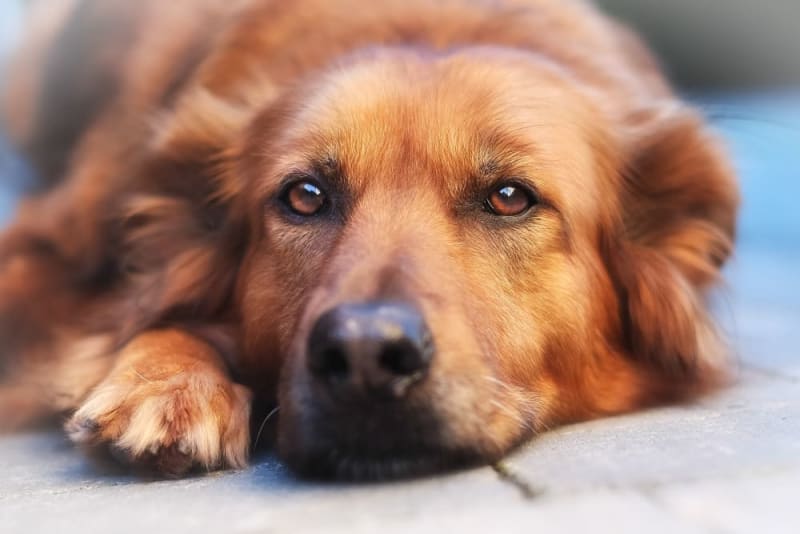When it comes to our furry friends, their health and well-being are of the utmost importance. One common issue that can arise is ringworm, a fungal infection that can affect dogs. While it may not seem too harmful at first, if left untreated, ringworm can lead to bigger problems. In this article, we will dive into what ringworm is, what it looks like on a dog, how it can be contracted, and most importantly, how to treat it effectively.
Understanding Ringworm
Ringworm is a fungal infection that gets its name from the ring-like or worm-like shape it creates on the skin. Surprisingly, despite its name, ringworm has nothing to do with worms. Instead, it is caused by a fungus that leaves circular or semi-circular bald spots and rashes on the skin. It typically appears as a raised, red area that may cause the skin to lose hair and swell up.
Recognizing Ringworm in Dogs
Identifying ringworm on your dog can be challenging, as it may not always present itself in an obvious manner. However, there are some key symptoms to look out for:
- Circular or ring-shaped patterns on the skin
- Redness and inflammation
- Hair loss in affected areas
- Swelling of the skin
If you notice any combination of these symptoms in your pup, it is crucial to contact a veterinarian immediately for a proper diagnosis and treatment plan.
How Dogs Contract Ringworm
Ringworm can be spread through direct contact with an infected animal or by coming into contact with objects that have been contaminated, such as towels, food or water bowls, couches, or carpets. The fungus spores can survive for months, making it easy for the infection to spread through shed fur. Dogs can also contract ringworm from playing outdoors, as some forms of the fungus can live freely in the soil.
It is important to note that not all dogs will develop symptoms even if they come into contact with the fungus. However, they can still act as carriers and potentially spread the infection to other pets or humans. If your dog has been diagnosed with ringworm, it is advisable to have your other pets checked by a veterinarian as a precautionary measure.
Treating Ringworm in Dogs
If your dog is diagnosed with ringworm, there are a variety of effective treatments available. The chosen treatment will depend on the severity of the infection and the veterinarian’s recommendation. Common treatment options include:
- Topical medications applied directly to the affected areas
- Oral anti-fungal medications
- Environmental decontamination to eliminate any contaminated elements in your home
- Shaving the fur around more infected areas to facilitate treatment
It is crucial to follow the prescribed treatment plan and continue treatment until your dog has been deemed cured by your veterinarian. It is also essential to seek professional guidance from your vet, as the information provided in this article is for informational purposes only and does not substitute medical advice.
Frequently Asked Questions
Q: Can humans get ringworm from dogs?
A: Yes, humans can contract ringworm from infected dogs. It is important to take precautionary measures and practice good hygiene when handling a dog with ringworm.
Q: Can ringworm be prevented in dogs?
A: While it is challenging to entirely prevent ringworm, there are steps you can take to minimize the risk. Regular grooming, keeping your dog’s living space clean, and avoiding contact with infected animals can all help reduce the chances of your dog contracting ringworm.
Q: How long does it take to cure ringworm in dogs?
A: The duration of treatment can vary depending on the severity of the infection. In general, with proper treatment and care, it can take several weeks for a dog to fully recover from ringworm.
Conclusion
Ringworm is a common fungal infection that can affect dogs, causing discomfort and potentially spreading to other pets or humans. Recognizing the symptoms and seeking prompt veterinary care is crucial for effective treatment. With the proper treatment plan, patience, and diligence, your furry friend can make a full recovery. Remember to consult with your veterinarian for personalized advice tailored to your dog’s specific needs.
For more information on pet health and well-being, visit Pawsoha, where we provide a range of resources to help you care for your furry family members.
